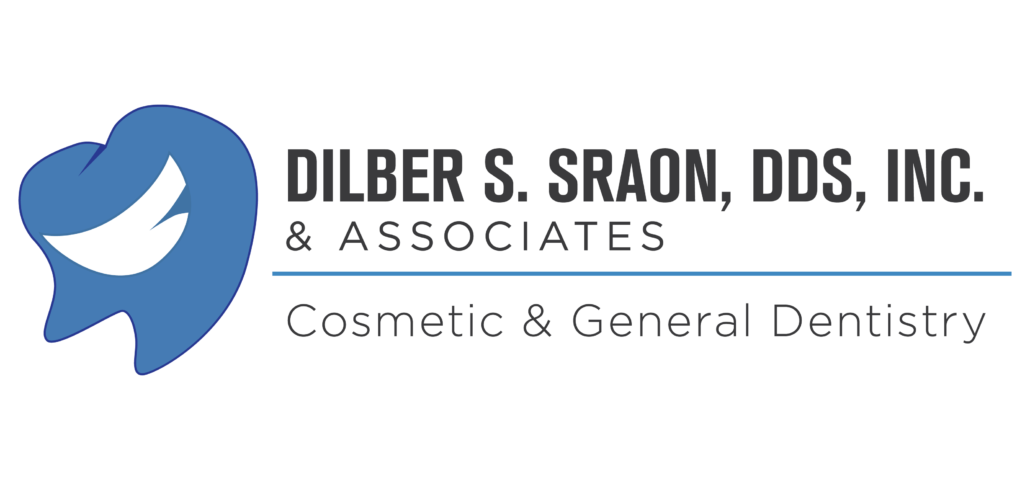The Power of Dental X-Rays: Unveiling Hidden Tooth Infections
Dental X-rays: Illuminating the Unseen Dental Dangers
Dental X-rays are invaluable tools in the realm of dentistry, enabling practitioners to accurately diagnose infections and provide precise treatment for their patients. The routine use of dental X-rays has become a standard practice, ensuring that your dental health remains in optimal condition.
Exploring the Depths of Tooth Infections: How Dental X-Rays Reveal Hidden Dental Woes
Tooth Decay’s Sneak Attack: Picture this scenario – you’re in the dental chair, grappling with a nagging toothache. Your dentist not only addresses your discomfort but goes a step further to unearth the root cause of your pain. Dental X-rays play a crucial role in this diagnostic process. They have the ability to detect cavities that remain invisible to the naked eye, manifesting as dark spots on the teeth. These spots indicate the presence of holes caused by decay. By scrutinizing X-ray images, dentists can gauge alterations in tooth density and dentin. The dark spots on the X-ray results from the decayed material’s reduced density, allowing X-ray beams to penetrate the tooth and reveal the issue on film.
Unmasking Interproximal Cavities: The common misconception is that cavities only afflict molars, but the truth is that these insidious holes can form between teeth. Termed “interproximal cavities,” they manifest on dental X-rays as dark lines wedged between adjacent teeth. Surprisingly, these cavities are often deeper than what initially meets the eye.
Dental Abscess: For a comprehensive view of your tooth structure, dentists resort to periapical X-rays, which capture the entire span from crown to root. This method is particularly preferred when searching for underlying issues beneath the jawline, such as dental abscesses. If an abscess has expanded, it becomes discernible on the X-ray, facilitating the dentist in suggesting appropriate treatment.
Unveiling Cysts: Cysts, tiny sacs filled with fluids, can take root in your oral cavity. Dental X-rays expose these silent troublemakers as dark voids. While some cysts are benign, others can become infected, wreaking havoc in your mouth. It’s crucial to examine and potentially treat them, especially when they arise from trauma, genetic factors, or form near the nerve of a dead tooth.
Battling Bone Loss: When left untreated, periodontal disease often leads to bone loss. When hunting for hidden tooth infections in Westminster, CO, dentists employ bitewing X-rays to make this damage visible. These X-rays enable dentists to gauge the size of dental pockets, alerting them to the presence of bone loss due to the oral condition.
Locating Impacted Teeth: Wisdom teeth, typically emerging between the ages of 17 and 21, can sometimes remain concealed beneath the gum line, causing pain and other dental complications. Fortunately, dental X-rays are adept at detecting these hidden wisdom teeth. Dentists can then recommend their removal, sparing patients from potential oral complications.
Aiding Orthodontic Solutions: Orthodontists often utilize Cephalometric X-rays to capture side-view images of your head when devising treatment plans for teeth alignment. These X-rays reveal the angle of bite issues and jaw misalignment, aiding professionals in crafting the most suitable treatment to ensure proper teeth and jaw positioning.
Addressing Temporomandibular Joint Issues: The temporomandibular joint (TMJ) connects your lower jaw to your skull, facilitating biting and chewing. While TMJ disorders are generally not a cause for alarm and can resolve on their own, persistent discomfort during mouth movement or clicking and popping of the jaw warrants attention. Westminster dentists offer nonsurgical therapies and suggest exercises or physical therapy to alleviate these symptoms.
The X-ray Prescription: A Proactive Approach to Dental Health
Dentists recommend dental X-rays for all patients as a preventive measure. These X-rays unveil infections that remain invisible to the naked eye, helping prevent potential complications down the road. With the advent of digital X-rays, the process has become more comfortable and safer, as these images are radiation-free and don’t require development. Dentists can now visualize X-ray results on computer screens, allowing for faster treatment during shorter appointments.
Next time you visit Dilber Sraon DDS for your routine check-up and receive a recommendation for dental X-rays, consider it a proactive step in safeguarding your dental health. X-rays enable dentists to detect tooth infections early, facilitating timely interventions that can prevent more severe complications. Your oral health is worth the investment in this essential diagnostic tool.
